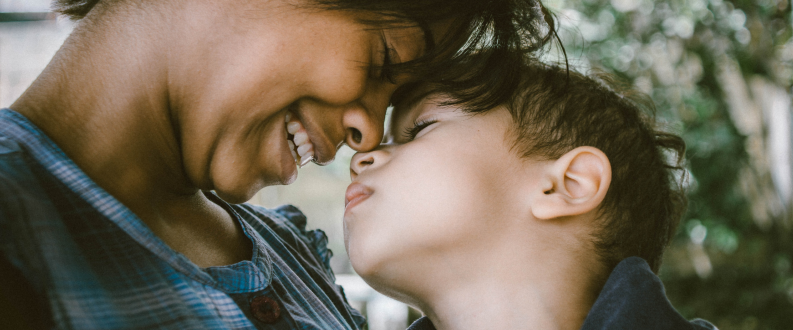12-13 MONTH
Sleep Schedules
A series of guides, sleep schedules, and average sleep needs that outline realistic sleep expectations for each age.
Feeling overwhelmed? Tried everything, with no success? I'm here for you.
Check out your support optionsRealistic Sleep Expectations
Your baby’s wakeful windows have been slowly increasing since they transitioned to two naps, and now they’re getting close to dropping to one nap a day…but not just yet. For the most part, babies this age still require two naps. Of course, there will be some who naturally transition to one nap earlier than others, or who are forced onto a one nap schedule as they start at a daycare that will not accommodate two naps, but the majority will do best with two naps until closer to 14-15 months.
As they’re able to handle much more wakeful time between naps and before bedtime, their day will stretch out and you’ll be left with a bedtime that is likely later than you’ve seen in a long time. This is ok and par for the course.
If there’s no flexibility with the timing of bedtime in your home, you’ll likely see one of the following: early risings, shorter naps, fighting bedtime, or even prolonged night wakings (often referred to as split nights).
Example sleep schedule for a 12-13 month old
Don’t forget, there could still be some variability from one day to the next, and from baby to baby at this age. Continue to follow your baby’s sleepy signs to determine if these wakeful windows work for them.
12-13 month
Developmental Considerations
Gross Motor Skills
If your baby hasn’t already, they are likely preparing to take their first independent steps. This can contribute to their naps being a little off kilter as well as their morning wake time to creep undesirably early. As always, giving them the time to practice walking while they are awake will help their sleep patterns get back on track as soon as they’ve mastered this new skill.
Separation Anxiety
Your baby is now becoming more confident navigating their world and will feel less compelled to cling to you for safety. Separation anxiety doesn’t tend to be as noticeable as at the 9 month and 18 month marks.
Attachment
In the second year of life, babies begin to attach to their caregivers through likeness and sameness. When they can’t always be WITH those they love, a whole other attachment takes form. They try to be LIKE us. They mimic the sounds of those they’re attached to. They talk like, make gestures like, and eat the same foods as those they’re attached to.
Communication
Your baby’s receptive language is also increasing dramatically and if you’ve been introducing any baby sign, you can likely now communicate pretty easily with each other.
Night Feeds
When a baby is first separated from their primary caregiver during the day (either when a parent returns to work or baby starts daycare), we see something called “reverse cycling”. Reverse cycling is when babies begin to wake more frequently overnight to make up for missed calories and missed connection with their caregiver. In Canada, this is very common around the 12 month mark when parents’ parental leave finishes. Luckily, this phase doesn’t typically last very long.
Support options for parents of 12-13 month olds
I can support you no matter your sleep concern, goals or budget.
Wanna chat?
I want to make sure I'm the right fit for your family. Select a time that's convenient for you and I will give you a call.

The Sleep Parenting program is amazing in that it offers unparalleled support through teething, sickness, developmental leaps, travel, daylight savings, etc. The time allotted takes into account that your baby is going to change and what you're really developing are the skills to be able to respond and support your child through those challenges which lead to longer naps, better overnights and thankfully a rested and happy mama. I am so thankful.
Kate
(John's mom)








